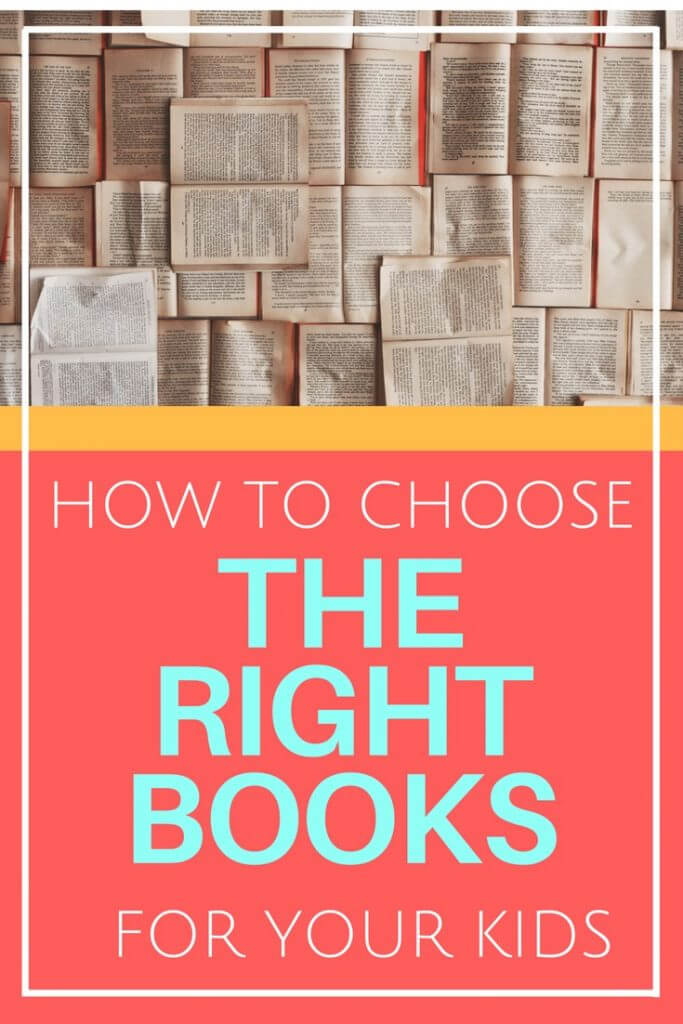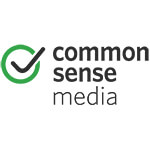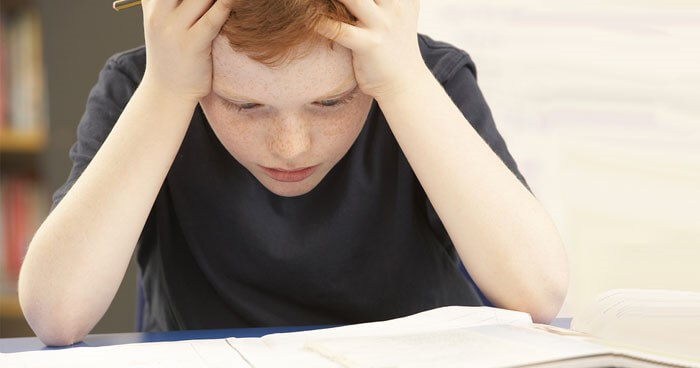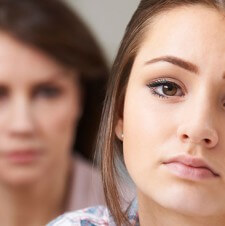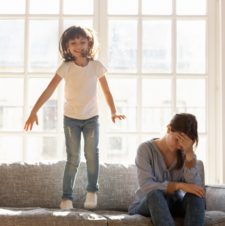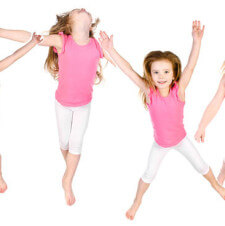How to Choose the Right Books for Your Kids

Have you ever seen your kids confused by a too-intricate plot, frustrated by words and references they don’t understand, or upset after grappling with a scene or a story that was steamier or more violent than they expected? Then you know how hard it can be to find age-appropriate books. Adding to the challenge is the fact that popular books can sweep through schools and peer groups, so you may find your kids dipping into something you’re not sure they’re ready for. It’s tough to keep your finger on the pulse and make informed decisions when your kids are begging to read something you’ve never heard of — or something they insist “everybody is reading.” How can you choose the right books for your kids?
The publisher’s recommended age isn’t always helpful. It may reflect marketing decisions more than child-development considerations. There’s a wide range of what kids are ready for at different ages; some 8-year-olds love scary stories and can take lots of gore, while others may be disturbed to read about tension, conflict, or loss of any kind.
There truly is a better way. It starts with understanding what content isn’t only age-appropriate but also developmentally appropriate for your child. After that, you can determine what’s OK based on the things that matter to you, like your kid’s interests and individual temperament. What’s terrifying to one 7-year-old may be fun and action-packed for another.
Here are some things to consider when you’re choosing the right books for your kids:
What age is the book aimed at?
Sometimes a book’s target age group is obvious but broad. For example, the superb coming-of-age bestseller Wonder is targeted to ages 8–12 (per the book jacket), but with its sophisticated themes about the mainstreaming of a boy with facial deformities and the middle school setting, we rated it for age 11 and up. Many younger skilled readers aren’t emotionally ready for some of the edgier stories in today’s chapter books, with tales of homelessness, alcoholic parents, relatives in jail, parental death or abandonment, cancer, mental illness, natural disasters, and more. And some series get more mature as they go along. Our age ratings for the seven Harry Potter books, for example, vary from 8 and up for series opener Harry Potter and the Sorcerer’s Stone to 12 and up for final volume Harry Potter and the Deathly Hallows. Ultimately, you’ll need to make a judgment call based on what you think is right for your kid, taking into account many of the factors described in more detail below.
Quality.
Yes, quality can be subjective — and certainly, your kids will like stuff you don’t — but look for benchmarks. Is it well written, well paced, and well plotted? Are the characters well rounded, or do they rely on one-dimensional stereotypes? Does the book engage kids on a deep level and make them think? Does it open them up to new words and new ideas?
Educational value.
It’s perfectly fine to choose books solely for their entertainment value, but kids can take away a lot from stories with richly detailed settings. Whether it’s Victorian London in the steampunk mystery The Dark Unwinding, pirate lore in The Brotherband Chronicles, Greek and Roman mythology in the Percy Jackson series, or farm life in Sarah, Plain and Tall, kids learn more than you think when they’re captivated by a good story.
Messages and role models.
Media messages really do have an impact on kids, so it makes sense to choose books that reflect the kinds of ideals you’d like your children to absorb. Younger kids are more literal and enjoy the direct messages found in picture books — for example, lessons about friendship, sharing, and empathy. But when older kids dive into middle-grade fiction, they’ll find messages that are more nuanced, like those in Holes. These provide an opportunity for you to discuss your own views and values. Also, consider the characters. Are they people you’d like your kids to emulate? Are there consequences for their behavior? Are adults present and responsible? Are the characters realistic and relatable — like the diverse cast of Counting by 7s — or shallow and stereotypical, as in Dork Diaries?
Violence, sex, and language.
While books for younger kids don’t have graphic violence, sex, or language, many do include cartoon-like violence, crushes and flirting, and name-calling and insults. Books for tweens start getting edgier, with swear words and slurs, violence and gore, teen relationships, and more. For example, The Thickety: A Path Begins is a brilliant witch tale labeled for kids age 8–12 that we gave 5 stars, but with its vivid violence, we aged it for 11 and up. And things get even more intense as you move up the age range, especially the sexual content, with underage sex, teen pregnancy, abortion, and graphic love scenes in some storylines. Common Sense Media offers expert guidelines for the level of violence, sex, and language that’s developmentally appropriate for every age, but you may need to make a judgment call for your own child, based on your own values. Don’t mind a few F-words? Many tween and teen books have ’em. OK with some epic sci-fi violence? Then give the go-ahead to alien-invasion tale The 5th Wave.
Consumerism.
Product placement isn’t only in movies — it’s in kids’ literature too. Sometimes it’s appropriately used for scene setting, but sometimes, as in Ghostgirl, it can seem like a never-ending stream of ads. Some teen books are as packed with high-status products as those mentioned in many commercial rap songs (Cristal champagne, Patron tequila, BMW and Mercedes cars, Louis Vuitton bags). Consumerism in a book doesn’t disqualify it from being worthwhile, but it’s an important aspect to keep in mind and to talk to your kids about. Train them to be on the lookout for it, and they’ll learn some valuable media-literacy skills.
Drinking, drugs, and smoking.
The presence of these substances in books is sometimes crucial to the storyline (for example, in The House of the Scorpion), essential for historical accuracy (as in The Great Gatsby), or related to a key character trait (as with Captain Haddock in Tintin). But there are plenty of examples of gratuitous drinking, drugs, and smoking (in the Gossip Girl books, for example) being portrayed as humorous and relatively consequence-free. We offer guidelines for what’s developmentally appropriate for every age, but you may need to make a final call for your kids based on what amount you’re OK with. And any time substance use or abuse comes up, take the opportunity to discuss the issue with your kids.
User reviews.
Sometimes it takes a village to figure out which books are right for our kids. If you’re on the fence, see what other parents — and even kids — are saying. Although our user community’s ratings are based on personal opinion rather than developmental guidelines, they do rate books using the same tools that our editors do, with icons to flag areas of concern, stars to signal overall quality, and a target age to help you decide.
The bottom line is that it’s up to you to do your research, and Common Sense Media makes that easy by providing detailed reviews so you know exactly what to expect. We’ve done the hard work for you — you just have to apply it to your family and remember to check the ratings (and read the jacket flap).
This post is syndicated with permission from Common Sense Media.

Read more parenting posts like this:
- A Step-by-Step Plan for Setting Up Parental Controls
- Harry Potter Age Guide
- How To Set Up A Kid-Safe Computer5
- Reasons Why Your Kids Should Ski for Free

